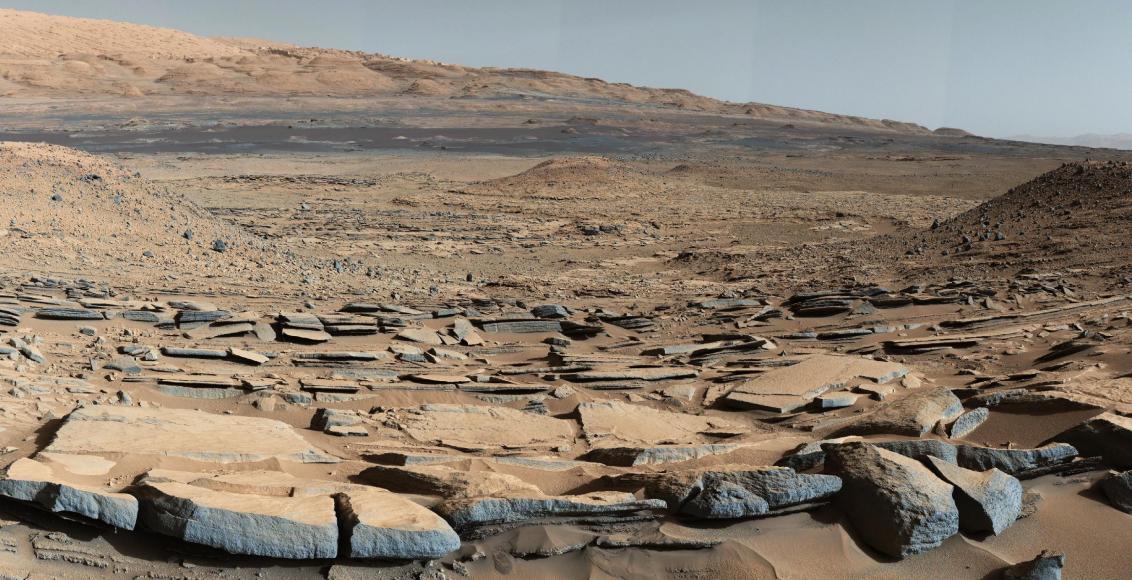
Mars Says: “Keep on Searching”
NASA’s Curiosity rover found two new pieces of evidence that determine the future of search for life on the Red Planet. While the findings do not directly prove the existence of life, they certainly raise the possibility of finding solid evidence. With the previous findings (related to search for life on Mars) already in our pocket, Curiosity’s message is quite clear: “you’re on the right track, keep on!”
Both discoveries come from Curiosity’s Sample Analysis at Mars (SAM) chem lab instrument. The car-sized rover has been working in the Gale Crater, where it landed six years ago. Gale Crater was once filled with liquid water hosting all necessary conditions for life, including chemical building blocks and energy sources –as per previous findings of Curiosity.
The first discovery explained in the paper published in June 8 edition of Science comes from the three-billion-year-old sedimentary rocks near the surface of Mars. Curiosity found tough organic molecules hidden in these rocks. While organic molecules are commonly associated with the existence of life, they can also be created by non-biological processes and thus, are not regarded as definite indicators of life. Curiosity has not determined the source of these molecules, but they do hold chemical clues to the conditions and processes on Mars. Finding organic molecules only 5 cm below the surface, where radiation and harsh chemicals constantly break down organic matter, is clearly promising for future missions that will drill deeper for samples.
The second finding is from the Red Planet’s atmosphere. Curiosity, thanks to its longevity, found that methane levels in the atmosphere of Mars showed clear seasonal variations over the course of three Martian years (six Earth years). Inside the Gale Crater, they seem to triple during warm summer months, and decline during cooler winter months.
Although the presence of methane can be a result of water-rock chemistry, it is not logical to rule out the possibility of biological origins because 90 percent of methane on Earth is produced by biological processes.
Even life-on-Mars sceptics are excited about the discoveries, which break down some of their strongest arguments. One of those sceptics, Rice University geologist Kirsten Siebach says, “The big takeaway is that we can find evidence. We can find organic matter preserved in mudstones that are more than 3 billion years old,” and adds, “We see releases of gas today that could be related to life in the subsurface, or at the very least are probably related to warm water or environments where Earth life would be happy living.”
Biogeochemist Jennifer Eigenbrode from NASA’s Goddard Space Flight Centre said, “While we don’t know the source of the material, the amazing consistency of the results makes me think we have a slam-dunk signal for organics on Mars. It is not telling us that life was there, but it is saying that everything organisms really needed to live in that kind of environment, all of that was there.”
REFERENCES
- 1. https://www.nasa.gov/press-release/nasa-finds-ancient-organic-material-mysterious-methane-on-mars
- 2. https://www.independent.co.uk/life-style/gadgets-and-tech/news/mars-nasa-announcement-latest-organic-matter-red-planet-a8388591.html
